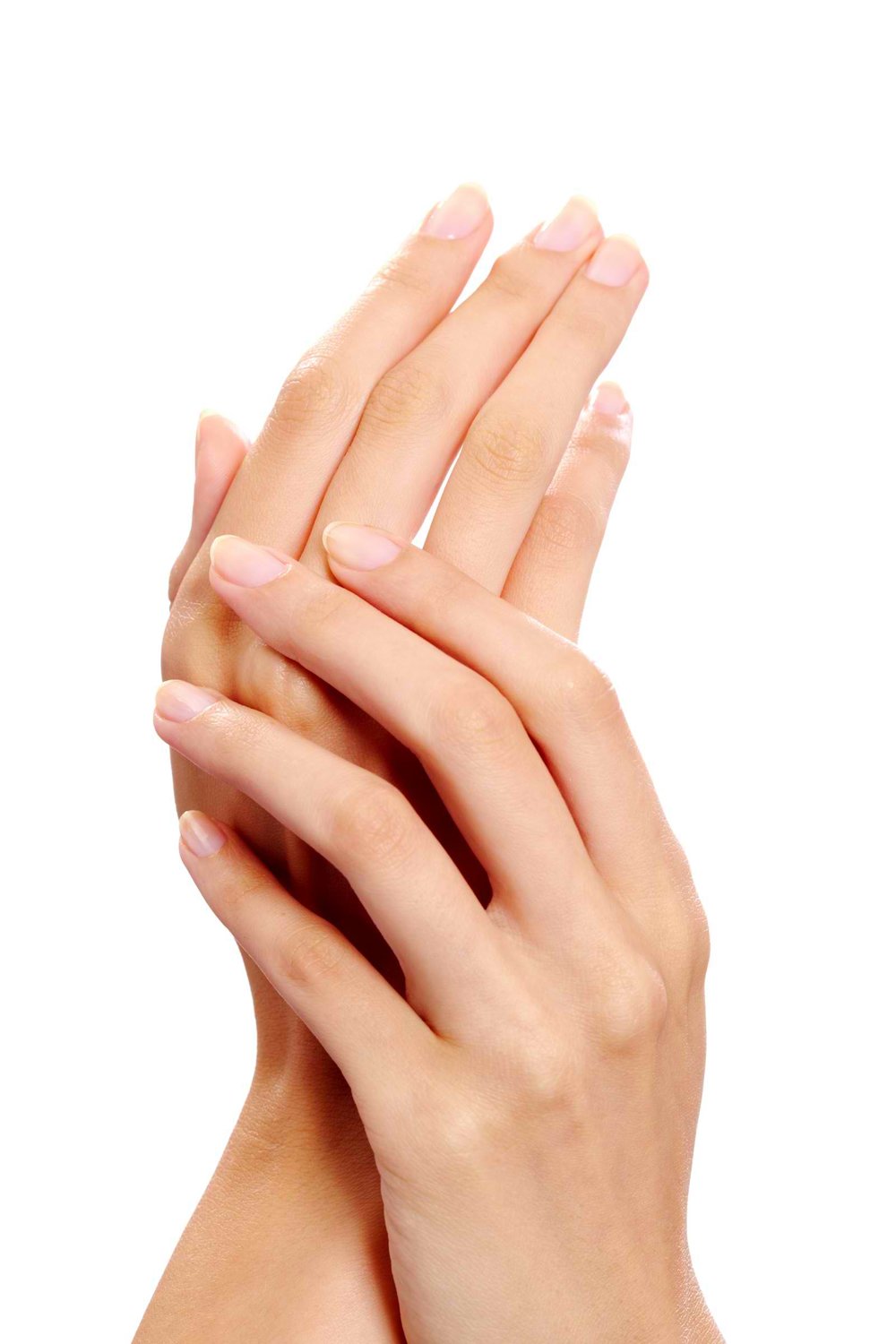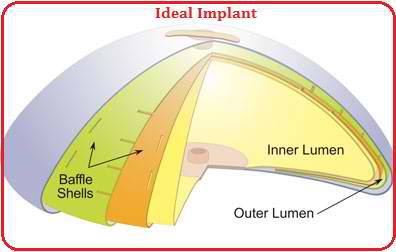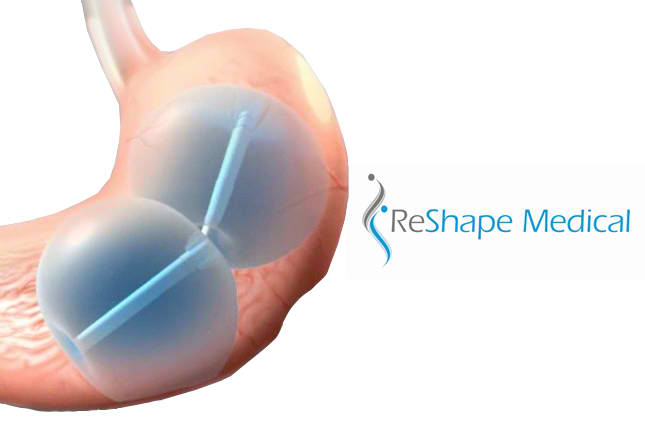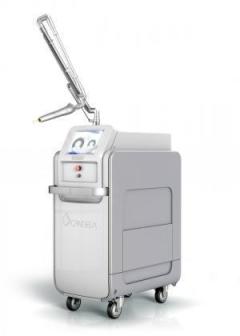Juvederm Ultra XC: Year-Long Lip Fillers
/The US FDA has approved Allergan's JUVEDERM® ULTRA XC for the injection into the lips and perioral area for lip augmentation in adults over the age of 21.
Allergan's trials show that results last up to a year in the lips, but as always, there are two sides to the coin.
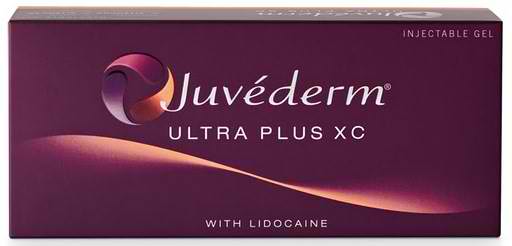
Since 2006, Juvederm formulations were already FDA approved for correction of moderation to severe facial wrinkles and folds such as parentheses lines around the nose and mouth. Then in 2013, the Juvederm XC for age-related mid-face volume loss was introduced.
Clinical trials for Juvederm revealed that 79% of subjects showed an improvement in lip fullness three months following the treatment. More than 78% of the subjects reported an improvement in their overall satisfaction with the smooth and natural look and feel of their lips at one year after treatment.
Executive Vice President & President, Allergan Medical Philippe Schaison said that:
As the leader in medical aesthetics, Allergan is committed to continued research and development in this area. Providing physicians and patients with premium products that allow them to achieve the aesthetic results they want is always our goal. Understanding that the desire with lip augmentation is to achieve a natural-looking and lasting result, we continued our research of JUVEDERM® ULTRA XC for the lips. With this approval, JUVEDERM®ULTRA XC is now the only filler that is approved to last up to one year in the lips while providing natural-looking results.
Juvederm Ultra XC contains a smooth gel formulation of modified form of hyaluronic acid (HA) and a small amount of lidocaine. The hyaluronic acid helps the skin to maintain its moisture and softness and the lidocaine acts as a local anesthetic to improve the comfort of the injection.
While the increase in the time between injections is going to be welcomed by patients, there are some physicians and clinics that might lose income since patients are not coming in as frequently. Additionally, these longer fillers might not be appropriate as a "first-time" filler for patients who are unsure if thy're going to love the effect. There's a big psychological difference between living with a change for a few months and an entire year. Still, the general increase in lenght is a good thing for clincs and patients who are familiar with the effects.

